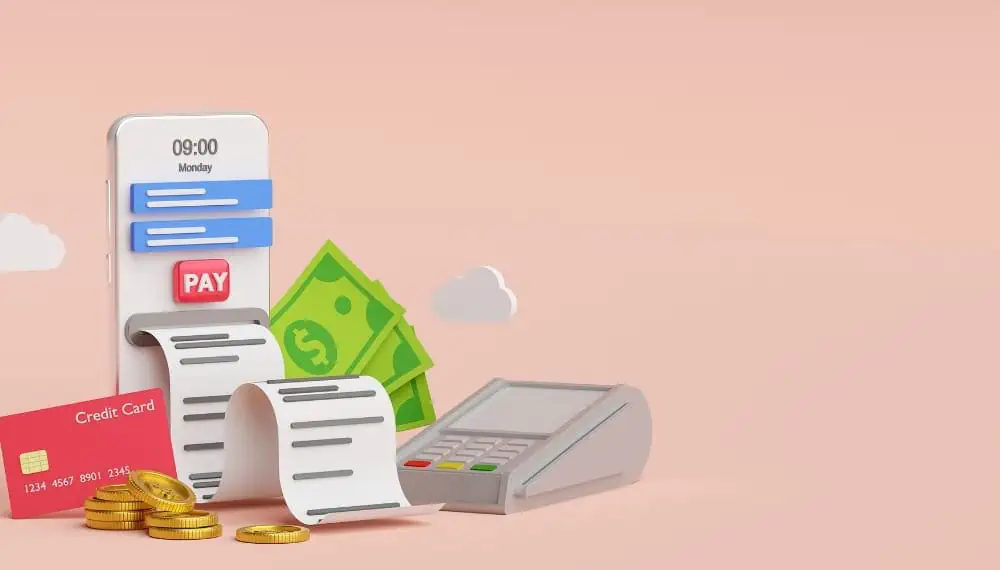A virtual terminal for credit card processing may seem complex. But it is actually quite simple. Just imagine being able to handle credit card transactions without the need for a card machine. This is made possible only with a credit card processing virtual terminal. It is flexible, adaptable, robust, and secure.
In this guide, we’ll explain what a virtual terminal for credit card processing is, how it functions, and why it could be the solution for your business.
What is a Credit Card Processing Virtual Terminal?
A credit card processing virtual terminal provides businesses with an online solution that enables them to process credit card transactions without relying on equipment or software. It does not require credit card swiping or inserting cards into machines. With a virtual terminal-based interface you simply enter the card details into a secure online system.

Businesses often opt for credit card processing virtual terminals when they accept orders over the phone or through mail. For instance, if a customer places an order by calling a store the store owner can conveniently use a terminal to process their payment.
The process is straightforward where the user logs in to the terminal input the customer’s credit card information and process the payment. A transaction is successfully processed without a physical card.
Virtual terminals are particularly useful for businesses that operate remotely or lack a storefront. They eliminate the need for hardware while providing a method of handling transactions swiftly and securely.
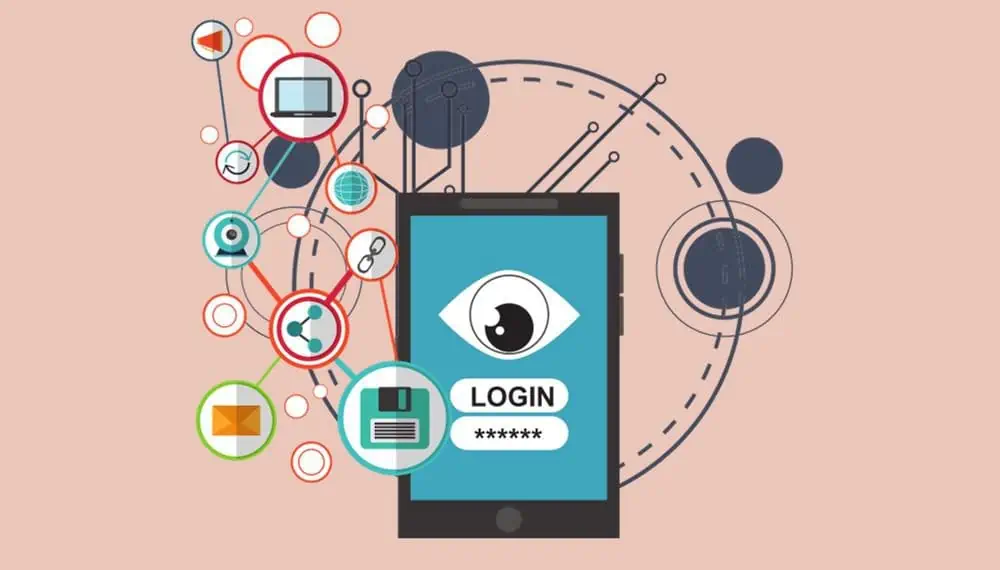
In addition, the great thing, about using a credit card processing virtual terminal is that you can access it from anywhere as long as you have an internet connection. It doesn’t matter if you’re in the office at home or on the move – with a terminal, getting paid becomes easy and efficient.
How Does a Virtual Terminal Work?
A credit card processing virtual terminal is a game changer when it comes to business transactions. No longer do we need to input card details into a machine. Thanks to the terminal businesses now have an online solution for handling credit card payments.
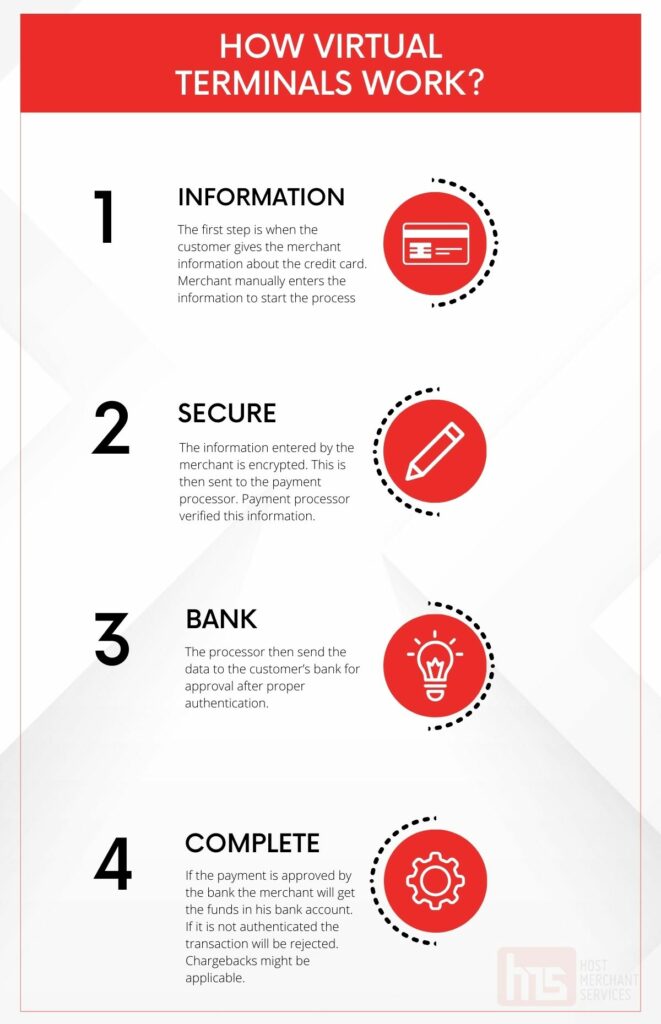
How It Processes Transactions
The primary role of a credit card processing virtual terminal is to facilitate the electronic transfer of funds. Here’s how it usually works:
- Data Entry: The merchant logs into the virtual terminal platform, often through a web browser. Once inside, they manually enter the customer’s credit card details. This could be the card number, expiration date, CVV, and sometimes the billing address.
- Transaction Submission: Once the details are entered, the transaction is submitted for authorization. The virtual terminal communicates with the bank or credit card network to check if the customer has enough funds or credit available.
- Authorization: The bank or credit card network then sends back a message. It will either approve or decline the transaction based on the funds available.
- Completion: If the transaction is approved, the funds are transferred from the customer’s account to the merchant’s account. This isn’t instant but typically happens within a couple of days.
Security Measures in Place
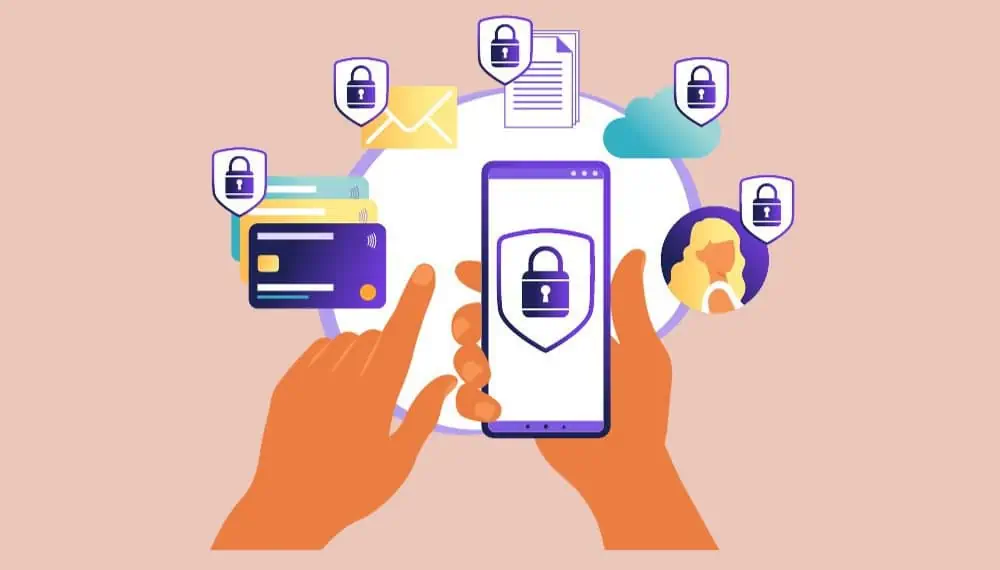
Credit card processing virtual terminals are secured and safe. Here are the ways they are made secure for users.
- Encryption: All data entered into the system is encrypted. This means sensitive credit card information is transformed into a code to prevent unauthorized access.
- Tokenization: Some virtual terminals use tokenization. This replaces sensitive card details with a unique set of characters, or “token.” This token can be used for transactions without exposing the actual card details.
- Two-Factor Authentication: To protect against unauthorized access, many virtual terminals offer two-factor authentication. This requires users to provide two different types of identification before accessing the system.
The Versatility of a Virtual Terminal
Virtual terminals for credit card processing are versatile. They can be integrated in different interfaces and for different types of requirements. Some of them are listed below:
- Recurring Payments: Many businesses require subscription-based models or monthly payments. Virtual terminals can be set up to handle recurring payments, so merchants don’t have to manually enter details each time.
- Transaction History: A comprehensive transaction history can be viewed. This is great for bookkeeping, refunds, or analyzing sales data.
- Multi-User Access: In larger businesses, multiple team members might need access to process payments. Virtual terminals often allow for multiple users, each with unique login credentials.
Benefits for Different Business Models
The beauty of a credit card processing virtual terminal is its adaptability. It’s not limited to one type of business:
- E-commerce Businesses: Online stores can seamlessly integrate virtual terminals with their checkout processes, offering a smooth transaction experience for customers.
- Remote Services: For services like consulting or freelance work, where face-to-face interaction isn’t common, a virtual terminal lets clients pay easily over the phone or via email.
- Traditional Brick-and-Mortar: Even traditional stores can benefit. They can handle phone orders, deposits, or any off-site transactions with ease.
In the evolving world of business, tools like the credit card processing virtual terminal are leading the charge. Offering both convenience and security, they redefine how businesses handle transactions in the digital age.
Which Types of Businesses Use Virtual Terminals?
Virtual terminals have revolutionized the way businesses handle transactions, especially in an increasingly digital world. With their ease of use and adaptability, a wide range of businesses, from small startups to large enterprises, are incorporating these platforms into their payment processing systems. Let’s delve into the various types of businesses that are making the most of virtual terminals.
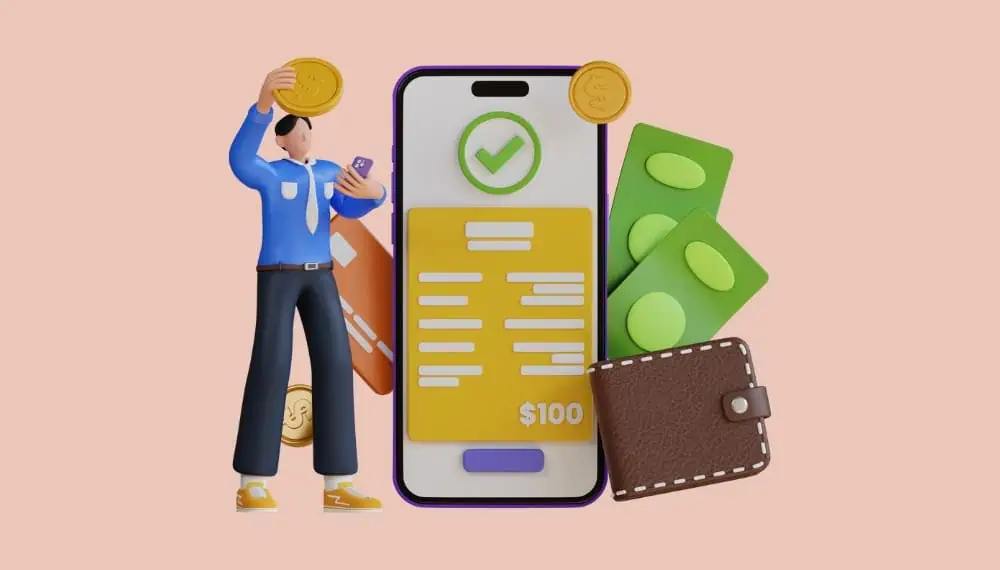
E-commerce Stores: Bridging the Digital Divide
- Seamless Checkouts:
E-commerce businesses thrive on smooth user experiences. Virtual terminals allow online shops to integrate a seamless checkout process, making it easy for customers to complete their purchases without hurdles.
- Global Reach:
Virtual terminals accept various payment types, facilitating international transactions. E-commerce businesses can expand their customer base without geographical constraints.
Service-Based Enterprises: Enhancing Client Relations
- Consultants and Coaches:
Professionals who offer advisory services, whether it’s business consulting or life coaching, can benefit from virtual terminals. They can easily invoice clients and receive payments for sessions or packaged services.
- Freelancers:
Writers, designers, developers, and other freelancers can utilize virtual terminals to bill clients, especially when working with international clients or those preferring credit card payments.
Traditional Retailers: Adapting to Modern Demands
- Phone Orders:
Brick-and-mortar stores can expand their reach by accepting phone orders. Virtual terminals make it possible to process these payments securely.
- Deposits and Reservations:
For businesses that require reservations or deposits, such as event spaces or hotels, virtual terminals ensure that these transactions are completed efficiently.
Healthcare Providers: Streamlining Patient Care
- Medical Practices:
Clinics and hospitals can use virtual terminals for billing patients for services, especially if the patient isn’t present or prefers not to use cash.
- Telehealth Services:
With the rise of virtual medical consultations, virtual terminals offer a way to collect payments post-session, ensuring that healthcare providers can focus on patient care rather than payment logistics.
Non-Profit Organizations: Facilitating Donations
- Seamless Donations:
Charities and non-profits can integrate virtual terminals into their websites, making it easy for donors to contribute without complications.
- Event Fundraising:
During fundraisers or events, virtual terminals allow organizations to accept credit card donations, expanding the methods by which attendees can support the cause.
Subscription Models: Automating Recurring Payments
- Online Publications:
Websites that charge for premium content or monthly access can utilize virtual terminals to process subscription fees, offering readers a hassle-free way to enjoy their services.
- Membership Sites:
Whether it’s a gym, a hobby club, or any membership-based business, virtual terminals simplify the process of collecting recurring membership fees.
Educational Institutions: Enhancing Learning Experiences
- Course Fees:
Schools, colleges, and online learning platforms can use virtual terminals to process tuition and course fees, making it easier for students to access educational resources.
- Merchandise and Materials:
Institutions that sell educational materials or merchandise can benefit from virtual terminals, providing students and parents with a convenient payment method.
Overall, the versatility of virtual terminals makes them suitable for a diverse range of business models. Whether you’re operating in the digital realm, offering specialized services, or facilitating educational pursuits, virtual terminals can streamline transactions, improve user experience, and drive business growth.
Benefits of Using Credit Card Processing Virtual Terminals
Businesses require efficient, secure, and flexible solutions for their operations, especially when it comes to transactions. Credit card processing virtual terminals have emerged as invaluable tools in this context. Let’s explore the many benefits they offer.
Cost-Effective Transaction Processing
- Minimal Hardware Requirement: Unlike traditional point-of-sale systems that demand expensive hardware, virtual terminals only need a device with internet connectivity, reducing overhead costs.
- Reduced Processing Fees: Many virtual terminals offer competitive transaction fees, especially for businesses that handle a large volume of transactions, leading to significant savings in the long run.
Enhanced Flexibility and Mobility
- Anytime, Anywhere Access: Whether you’re at a trade show, working remotely, or on the go, virtual terminals allow you to process payments from virtually any location.
- Multi-Device Compatibility: Virtual terminals can be accessed via laptops, desktops, tablets, and even smartphones, offering businesses the flexibility to choose their preferred device.
Boosted Customer Experience
- Multiple Payment Options: Virtual terminals can handle a variety of payment methods, including credit cards, debit cards, and sometimes even e-checks, catering to the diverse preferences of customers.
- Quick and Efficient: Customers appreciate speedy checkouts. Virtual terminals expedite the payment process, enhancing the overall customer experience.
Robust Security Features
- Advanced Encryption: Virtual terminals utilize high-level encryption protocols, ensuring that sensitive credit card information is always protected against potential breaches.
- Tokenization: By converting credit card data into a unique token, virtual terminals add an extra layer of security, making transactions even safer.
Streamlined Business Operations
- Automated Recurring Billing: For businesses that rely on subscription models or monthly payments, virtual terminals automate the billing process, ensuring timely and consistent revenue collection.
- Integrated Reporting: Virtual terminals often come with robust reporting tools. These tools provide insights into sales trends, transaction history, and more, assisting in informed decision-making.
Improved Cash Flow Management
- Faster Transaction Processing: With virtual terminals, transactions are typically approved and processed quickly, allowing businesses to access funds sooner than with traditional methods.
- Reduced Human Errors: Automated processing minimizes the chances of errors associated with manual entry, ensuring accurate billing and improved financial management.
Wider Customer Reach
- Cater to a Global Audience: For businesses looking to expand their operations or customer base internationally, virtual terminals make it easier to handle cross-border transactions.
- Suitable for All Business Sizes: From startups to established enterprises, virtual terminals cater to businesses of all sizes and types. They adapt to varying transaction volumes and can be scaled up or down as needed.
Environmental Benefits
- Paperless Transactions: By moving away from paper receipts and manual record-keeping, virtual terminals contribute to reducing paper waste, resonating with eco-conscious customers, and reducing the business’s carbon footprint.
- Energy Savings: Without the need for physical hardware and devices, virtual terminals consume less energy than traditional point-of-sale systems, making them a more sustainable choice.
Overall, credit card processing virtual terminals provide a modern, secure, and efficient solution to businesses. By reducing costs, improving customer experience, and enhancing operational efficiency, they stand out as indispensable tools in the contemporary business landscape.
How Does a Virtual Terminal Cost, and What Is the Fee Structure?
Different providers have different pricing models, but understanding the basics can help businesses make informed decisions.
- Setup and Monthly Subscription Fees: Initial Setup: Some virtual terminal providers might charge a one-time setup fee. This cost covers the initial configuration and integration of the terminal into a business’s existing systems.
- Monthly or Annual Fees: Many providers offer their virtual terminal services based on a subscription model. This fee can vary depending on the features offered, the volume of transactions, and other added services.
- Transaction-Based Fees: Per Transaction Fee: One of the most common charges is a fee per transaction. This can either be a flat fee for every transaction or a percentage of the transaction amount.
- Cross-Border Fees: For businesses dealing with international transactions, there might be additional fees to process payments from foreign credit cards.
Additional Features And Services
- Advanced Security Features: While basic encryption is standard, some providers might charge extra for advanced security features like tokenization or fraud prevention tools.
- Integrations and API Access: If a business wants to integrate the virtual terminal with other software (like an e-commerce platform or a CRM system), there might be costs associated with API access or specialized integrations.
Hidden Fees To Watch Out For
- Chargeback Fees: In instances where a customer disputes a charge, some providers might charge a fee known as a chargeback fee.
- Inactivity Fees: If the virtual terminal isn’t used for an extended period, some providers might charge an inactivity fee.
- Termination Fees: If a business decides to switch providers or stop using the virtual terminal service, there might be fees associated with early termination or closing the account.
Understanding the Total Cost
It’s essential for businesses to carefully review the terms and conditions and understand the entire fee structure. A provider might advertise low transaction fees but might have several hidden costs that can add up.
Additionally, it’s beneficial to calculate the potential volume of transactions and the associated costs. For instance, a flat monthly fee might be more cost-effective for a business with a high volume of transactions, while a business with fewer transactions might prefer a per-transaction fee without a high monthly charge.
Overall, while virtual terminals offer many operational benefits, businesses should ensure they understand the complete fee structure to make the most cost-effective decision.
Do Virtual Terminals Require Additional Hardware?
The appeal of virtual terminals often lies in their simplicity and convenience, especially when it comes to hardware requirements. But what exactly does one need to operate a virtual terminal effectively? Let’s break it down.
Basic Hardware Needs
- Internet-Connected Device
At its core, a virtual terminal requires a device that can connect to the internet. This could be a desktop computer, laptop, tablet, or even a smartphone. As long as you can access the web, you can process transactions via a virtual terminal.
- Stable Internet Connection
The success of a virtual terminal heavily depends on a stable internet connection. This ensures that transactions are processed efficiently and securely without any hitches.
Optional Hardware Additions
- Card Reader
While virtual terminals primarily allow manual entry of credit card information, some businesses opt for a card reader. This device can be plugged into a computer or mobile device, enabling swiping or inserting of credit cards for a faster transaction process. It’s especially handy for businesses that sometimes face customers in person.
- Receipt Printer
If a business wants to provide physical receipts to its customers, a receipt printer might be necessary. However, most virtual terminals also offer the option of emailing receipts, eliminating the need for paper and providing an eco-friendly alternative.
The significant advantage of virtual terminals is their minimal hardware requirements. Unlike traditional POS systems, which demand specific equipment, cash registers, and sometimes even dedicated phone lines, virtual terminals operate with the basic tech most businesses already possess.
Overall, while virtual terminals are designed to operate with minimal hardware, there are optional additions to enhance functionality. Yet, the core beauty of virtual terminals remains their ability to function efficiently with just an internet-connected device.
Is Virtual Terminal Right for Your Business?
Making the right choice in payment processing can significantly impact a business’s operational efficiency and customer satisfaction. Virtual terminals are increasingly popular, but are they the right fit for your business? Let’s evaluate.
Assessing Your Business Needs
- Transaction Volume: Businesses with varied transaction volumes can benefit from virtual terminals. If you often have remote or phone-based sales, a virtual terminal may be ideal.
- Customer Interaction: How do you usually interact with your customers? If most of your dealings are face-to-face, a traditional POS might be more appropriate. However, if you often communicate via phone, email, or other remote methods, a virtual terminal can be beneficial.
Considering the Flexibility
- Mobility Needs: Businesses that aren’t tied to a physical location, such as consultants or freelancers, can greatly benefit from virtual terminals. The ability to process payments on the go is a big plus.
- Scalability: Virtual terminals are adaptable. If you foresee your business growing or evolving in its payment processing needs, the scalability of a virtual terminal could be a significant advantage.
Weighing the Costs
- Budget Constraints: With minimal hardware requirements and varied pricing structures, virtual terminals can be cost-effective. However, it’s essential to assess the fee structure against your business’s transaction patterns.
- Investment in Existing Systems: If you’ve already heavily invested in a traditional POS system, transitioning to a virtual terminal might not provide enough advantages to justify the switch.
Evaluating Customer Preferences
- Modern Customer Expectations: The modern customer often expects varied payment options and quick processing. A virtual terminal can meet these expectations, enhancing customer satisfaction.
- Security Perceptions: Some customers might be wary of remote payment methods. It’s crucial to ensure that your chosen virtual terminal offers robust security features to alleviate any concerns.
Conclusion
Credit card processing virtual terminals are modern, secure, and have a great deal of adaptability. They are cheaper too as they save a ton of money for hardware and physical infrastructure. You just require a device and an internet connection. Virtual terminals for credit card processing are also flexible. You can use it anywhere where you have an internet connection.
Frequently Asked Questions (FAQs)
Do I need any special hardware to use a virtual terminal?
No, the primary requirement for a virtual terminal is a device with internet connectivity. Optional hardware might include a card reader or receipt printer.
Is using a virtual terminal secure?
Yes, virtual terminals for credit card processing are secure.
Can I handle international transactions with a virtual terminal?
Yes. You can handle international transactions with a virtual terminal if it allows.
What are the costs associated with using a virtual terminal?
The main cost is of setup fee and a small percentage of each transaction. Some terminals charge an annual or monthly fee.
How do virtual terminals differ from traditional POS systems?
Traditional POS system requires hardware to operate. Hardware includes a screen, printer, scanner, etc. Credit card processing virtual terminal does not require hardware. It only requires a device and an internet connection.
Do virtual terminals offer transaction records or reports?
Yes. Most of them have the option to store traction records and reports.
What happens if there's a dispute or chargeback with a transaction processed via a virtual terminal?
For a dispute or chargeback, you will have to follow your provider's dispute resolution process.

